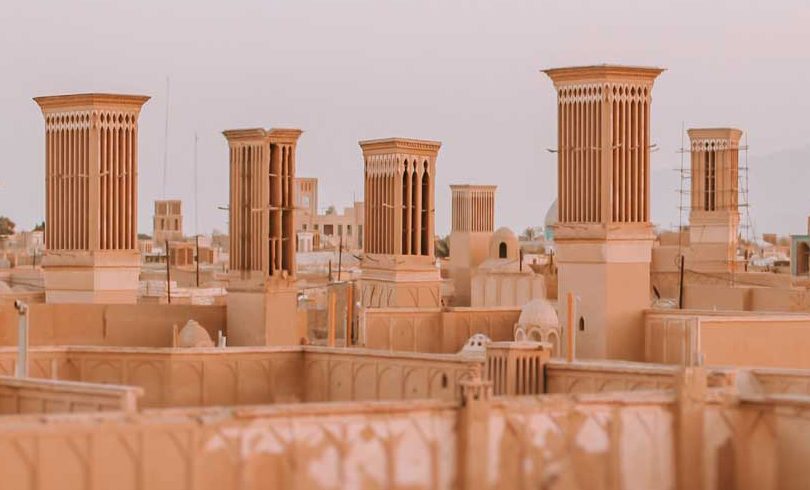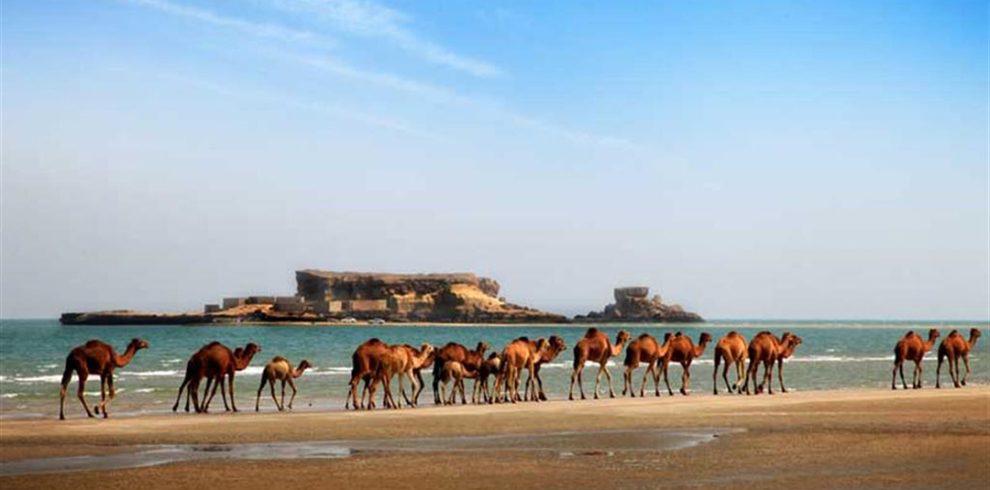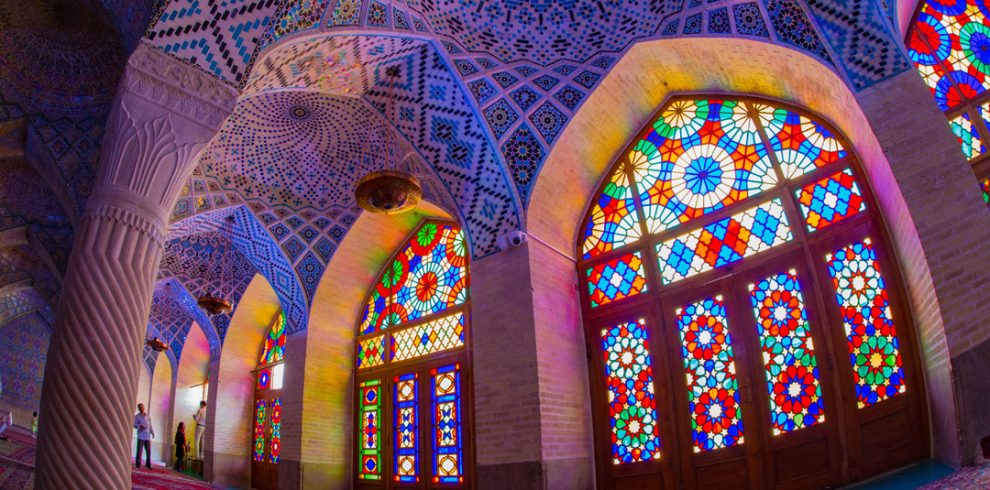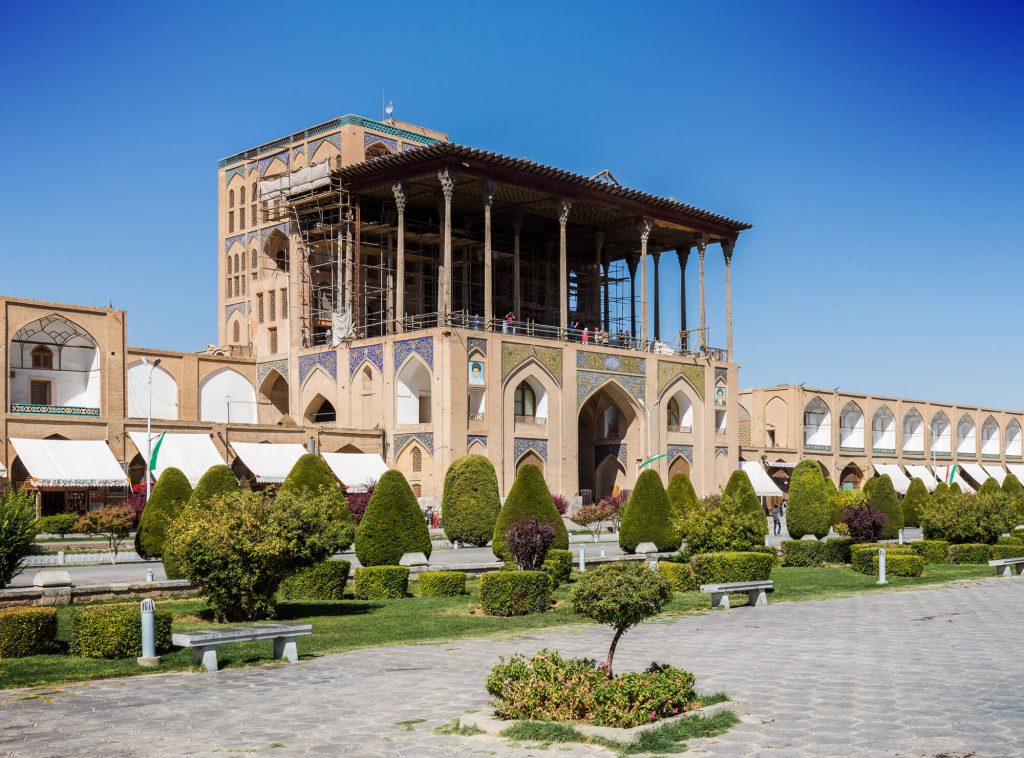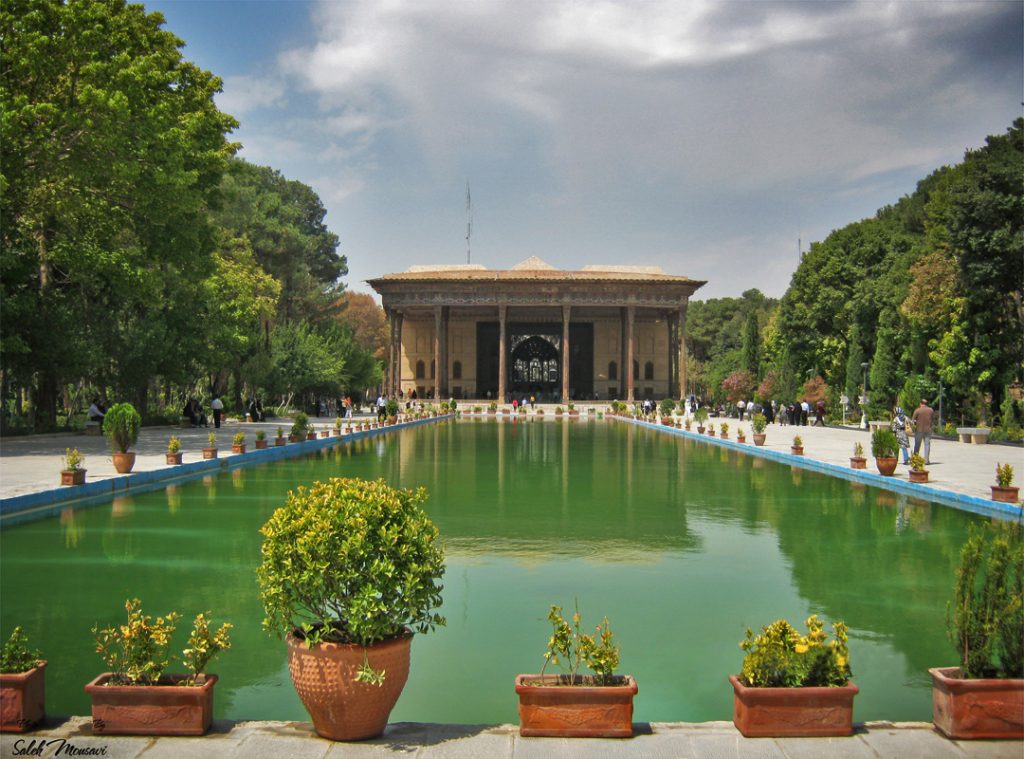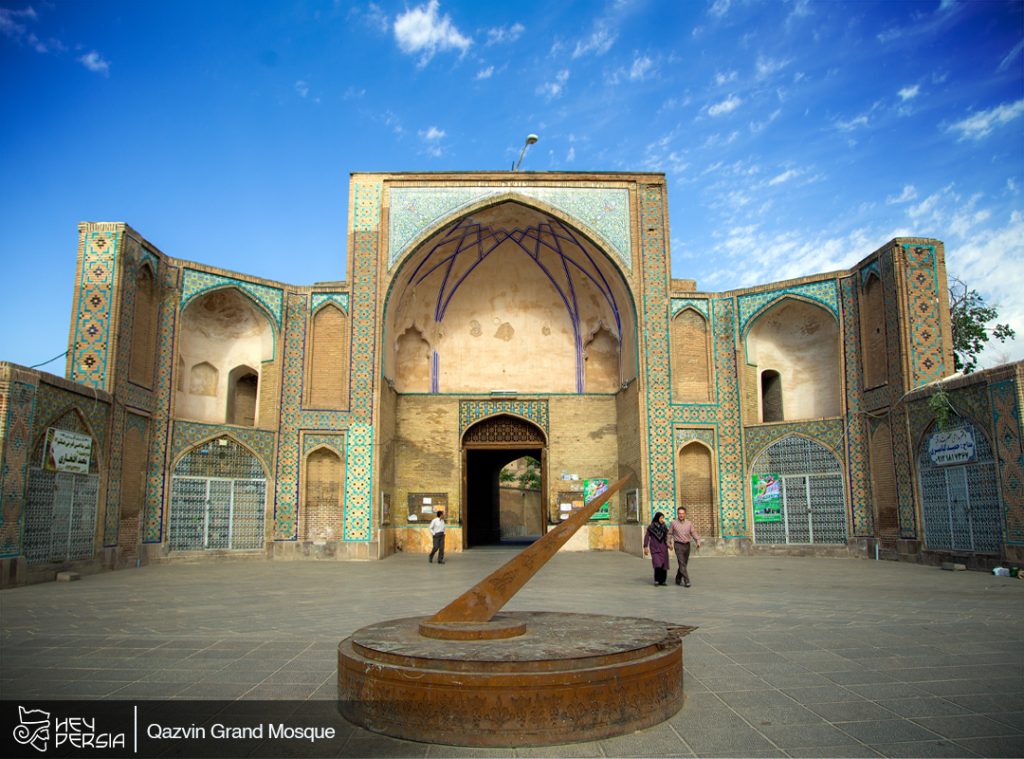In Qeshm Port, Hormuz Island and other areas along the Persian Gulf, thick walls of the Portuguese Castle of Qeshm are there. They are actually the most important remnants of the days of exploitation of the coasts and islands of the Persian Gulf. After occupying parts of the Persian Gulf islands, the Portuguese colonists built forts, some of which are still standing today.
Among this complex of castles in the south of Iran, the Portuguese castles in Hormuz, Qeshm and Chabahar are more famous than others. Portuguese relics have become tourist attractions that attract thousands of tourists every year. Stay with Hey Persia to learn more.
Introducing The Portuguese Castle in Qeshm
Qeshm Portuguese Castle was in Qeshm Island in 1507 by the order of Alfonso Alberkerque, a Portuguese sailor. This castle was out of the ground in 2007 by Ehsan Yaghmai. After the 5.9 Richter earthquake in spring 1379, the exploration of the inner part of the eastern wall of the castle failed due to extensive destruction. In the excavations of the Portuguese castle, a number of porcelain belonging to China, Venetian glass and war cannons were there.
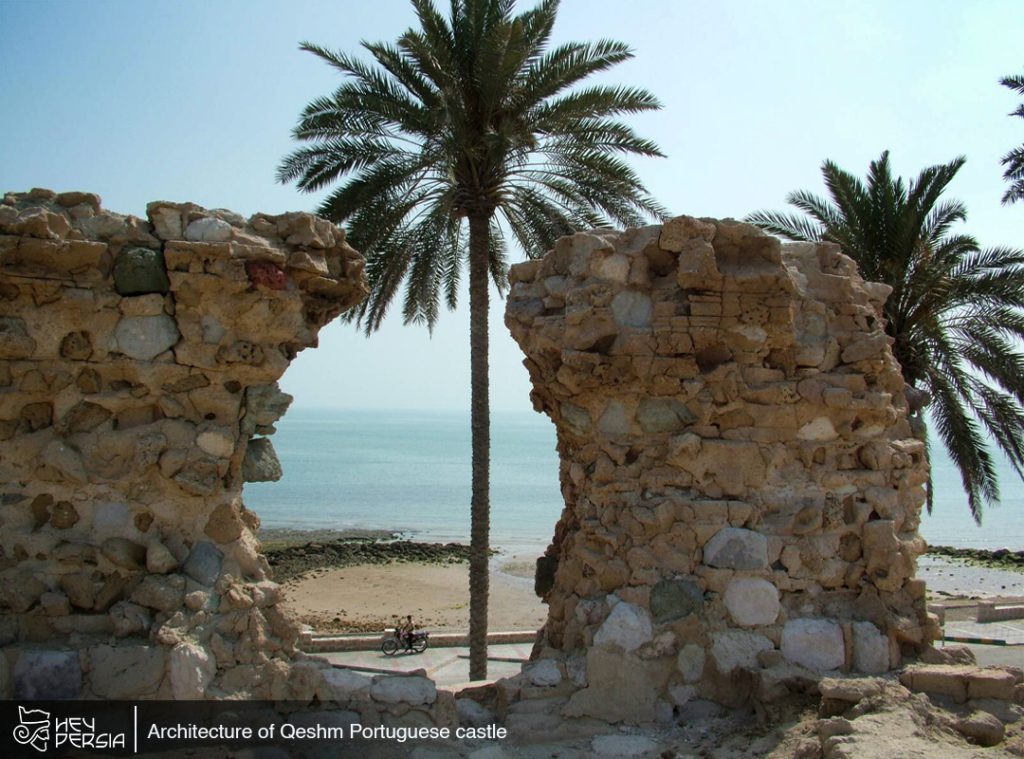
Access to the Portuguese Castle of Qeshm
If you don’t plan to travel to this island by air, it is better to drive to Langeh port (about 15 hours from Tehran) and then to Khmer port. Come to Bandar Pahl (bridge). In this port, there is a 24/7 landing craft (a marine vessel with the task of transporting people and cars on the beaches) to transfer your car to the loft pier in Qeshm Island. The sea distance between Paul Wharf and Laft Wharf is about 1800 meters.
The history of Qeshm Portuguese Castle
From the period of Portuguese colonialism, only a few historical castles have remained on some ports and southern islands of Iran. Strong forts that were built to protect the Portuguese military against the possible rebellion of the Iranian harbor dwellers. The castles ensured the presence of these colonists in the south of Iran and their control over the maritime trade of this region for more than 110 years. This period lasted from 1514 to 1623 AD.
Architecture of Qeshm Portuguese Castle
This right-angled fortress has an area of more than two thousand square meters. The materials of the castle include limestone and plaster with local Saroj mortar. The castle building has been strengthened several times over a hundred years. In the four corners of this fort, there are four towers and tall ramparts. On each cannons and catapults were deployed.
Underground tunnel of Castle
In November 2007, following the excavations of the electricity company in the area of 500 meters of the Portuguese castle, an old tunnel connected to the Portuguese castle of Qeshm was discovered. This tunnel was the escape route of the commanders and Portuguese military forces. Also, well as the storage place for their military ammunition.
The underground tunnel of the Portuguese castle of Qeshm continues to the area of Saadi Square in Qeshm, about three kilometers long. It is said that the mentioned tunnel, based on some traditions, continues from the Portuguese castle in Qeshm city to Khorbes caves (15 km south of Qeshm city).
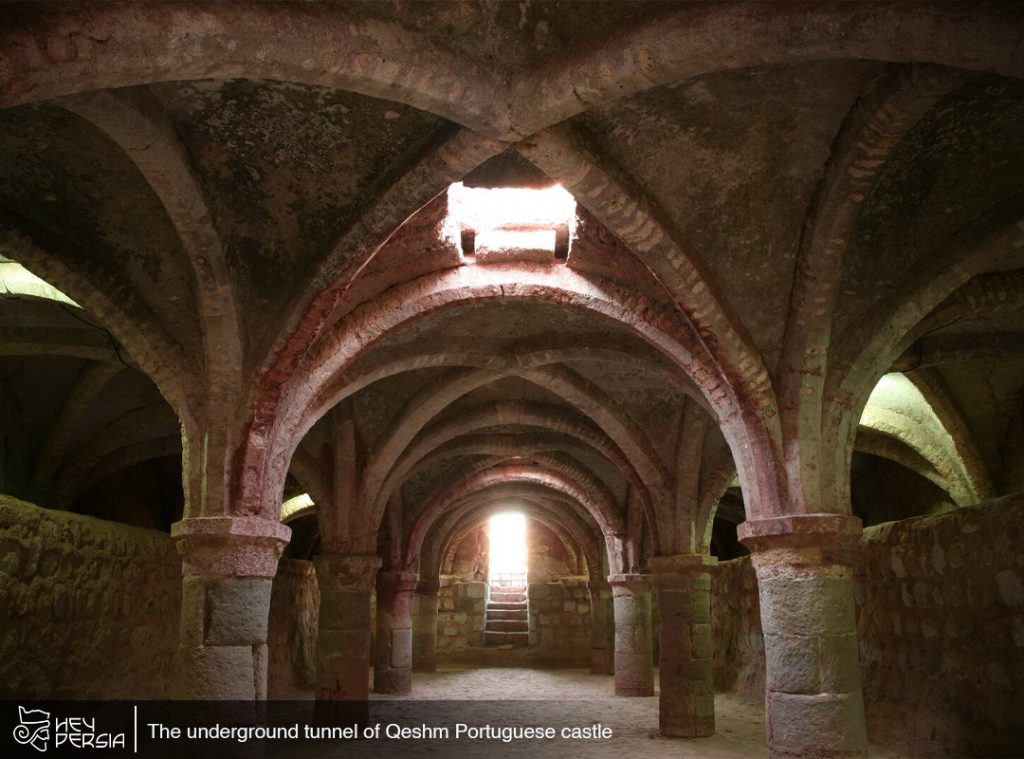
This Castle welcomes everyone
The best time to travel to Qeshm is from late autumn to early spring. Of course, if you hate crowds, we recommend that you don’t go to Qeshm during holidays, especially Nowruz. The Portuguese castle of Qeshm has relatively good lighting and you can visit it after sunset.
However, daylight hours are to see the details and view of the sea. Of course, due to the heat of the air, we recommend choosing cool hours. Therefore, the best time to visit Qeshm Portuguese Fort is early morning or evening.


